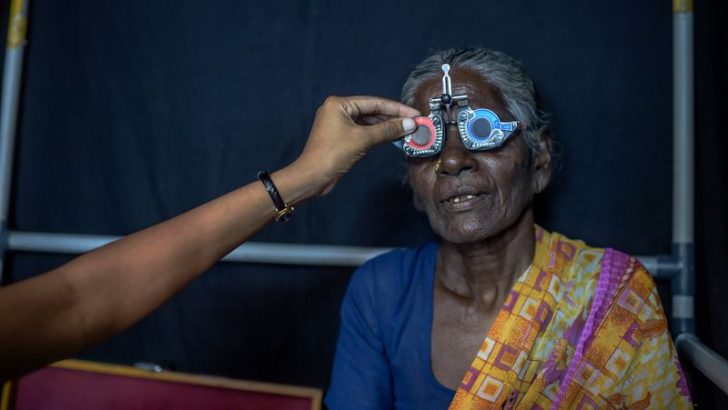In today’s world, ensuring one’s health and well-being is becoming increasingly challenging due to the rising costs of essential health servicesand products. As economic factors continue to shift, many individuals find themselves struggling to afford basic health necessities that were once within reach. From prescription medications to routine dental care, the financial burden is becoming overwhelming for a significant portion of the population. The following list highlights 11 health essentials that have become prohibitively expensive for most people, shedding light on the growing healthcare affordability crisis and its impact on everyday life.
1. Prescription Medications
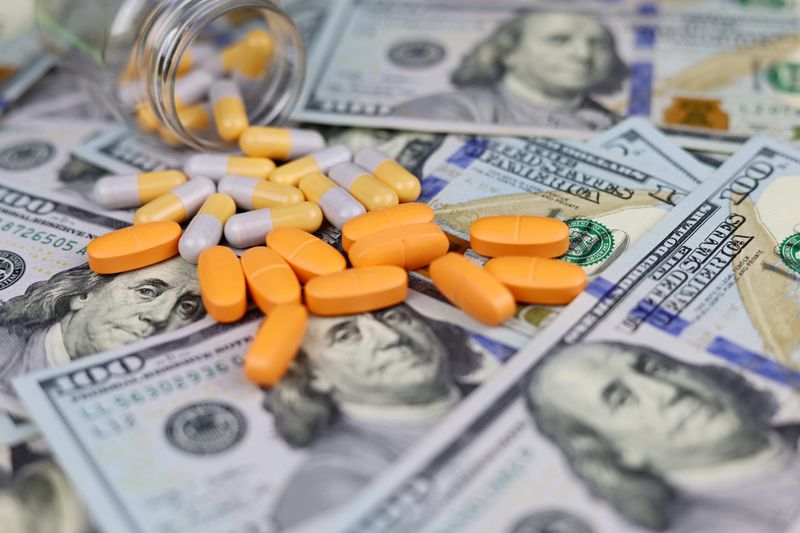
Prescription medications, once a routine expense, have seen soaring prices. Many individuals now face tough choices between essential medications and other necessities. The pharmaceutical industry’s pricing strategies and lack of generic alternatives exacerbate the issue. Patients often skip doses or abandon treatments altogether due to financial constraints. This trend poses severe health risks and needs urgent addressing. Did you know? Insulin, crucial for diabetes management, has become a symbol of unaffordable medication. Prices have doubled in recent years, leaving many diabetics in a precarious position.
2. Dental Care
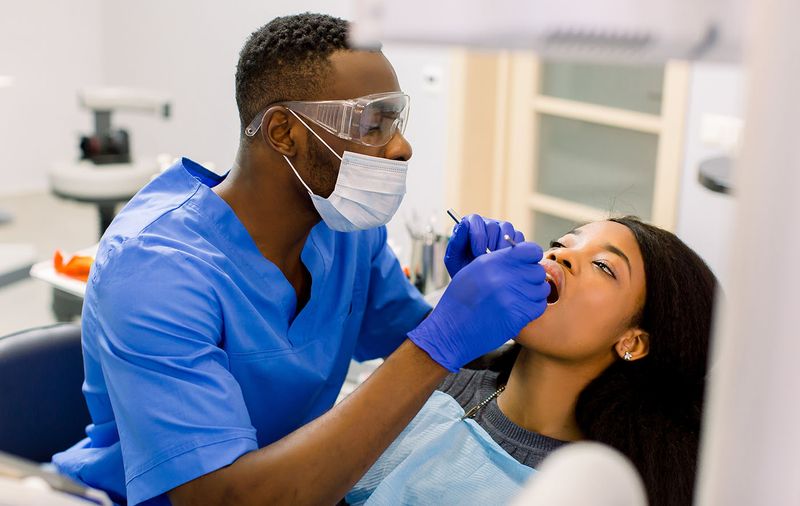
Dental care, essential for overall health, is increasingly beyond reach for many. Regular check-ups, cleanings, and treatments come with hefty price tags, often without adequate insurance coverage. Many avoid necessary procedures, risking long-term oral health damage. The disparity in care availability and affordability grows wider, affecting low-income families disproportionately. A recent survey revealed that over 50% of adults have delayed or skipped dental visits due to cost concerns. This gap in care leads to untreated conditions and more significant health issues down the line.
3. Mental Health Services
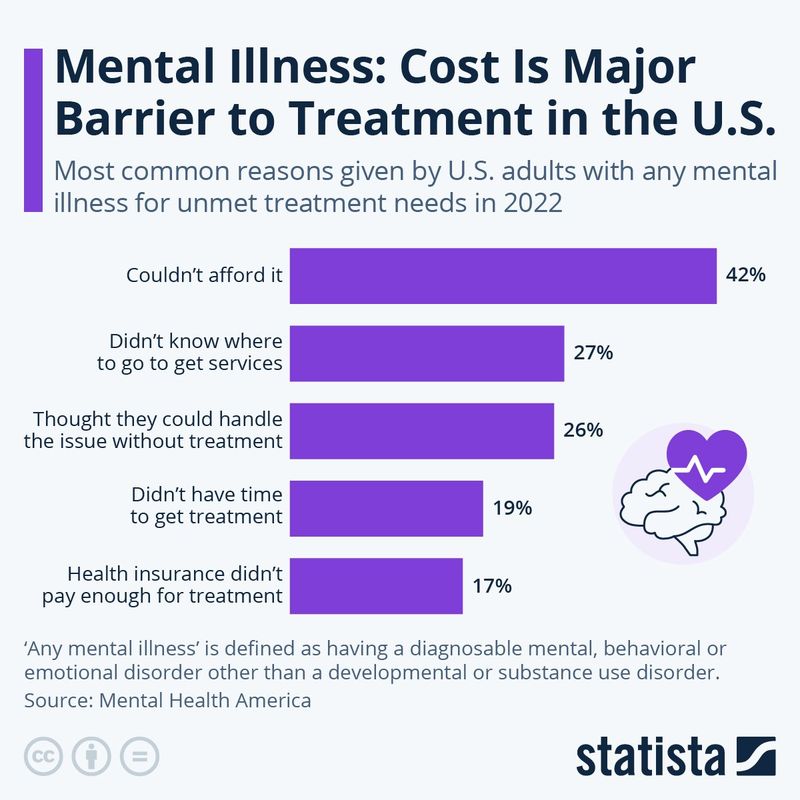
Access to mental health services is crucial but increasingly unaffordable. The demand for therapy and counseling has risen, yet costs remain prohibitive for many. Insurance coverage often falls short, leaving patients with hefty out-of-pocket expenses. This financial barrier discourages individuals from seeking needed help. Mental health, a vital component of well-being, cannot be ignored, yet economic pressures make it inaccessible. Did you know? Only 40% of those with mental health conditions receive adequate care. The lack of affordability exacerbates this alarming statistic.
4. Vision Care
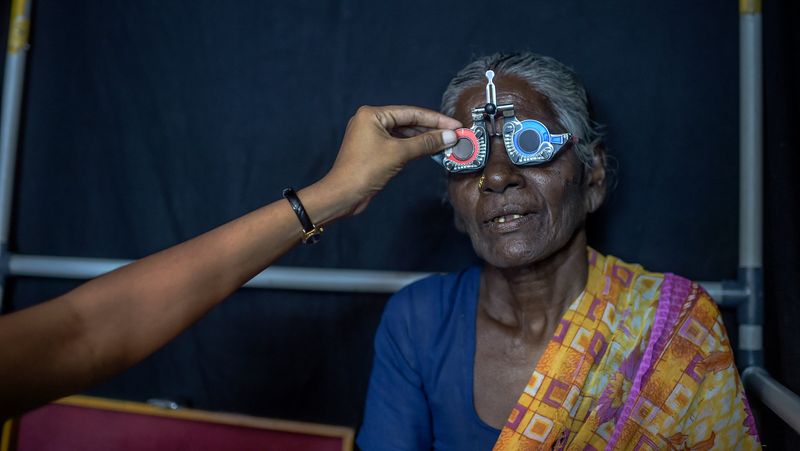
Vision care, including eye exams and corrective lenses, has become a luxury for many. Without sufficient insurance coverage, these essential services are financially out of reach. Regular eye care is vital for maintaining quality of life, especially for aging populations. Yet, the rising costs deter people from seeking necessary treatments. In the U.S., nearly 25% of adults forgo eye care due to cost-related issues. This neglect can lead to undiagnosed vision problems and diminished life quality, highlighting the urgent need for accessible care.
5. Nutritional Supplements

Nutritional supplements, vital for maintaining health, are increasingly expensive. Many rely on these products to fill dietary gaps, yet find themselves priced out. The surge in demand, coupled with supply chain disruptions, drives prices higher. People are forced to choose between supplements and basic needs, risking nutritional deficiencies. A balanced diet is essential, but financial barriers make it challenging to achieve. Fun fact: The supplement industry is worth over $140 billion globally, yet many can’t afford these crucial products, widening health disparities.
6. Chiropractic Care

Chiropractic care, once a common remedy for back pain, is now a luxury. Rising costs and limited insurance options deter many from seeking treatment. This essential service, known for its holistic approach, provides relief for chronic pain sufferers. Yet, financial barriers prevent access, leading to untreated conditions. Many patients report skipping sessions due to economic constraints, worsening their health outcomes. Did you know? Over 70% of chiropractic patients report decreased visits because of cost issues, leaving pain management unaddressed.
7. Hearing Aids
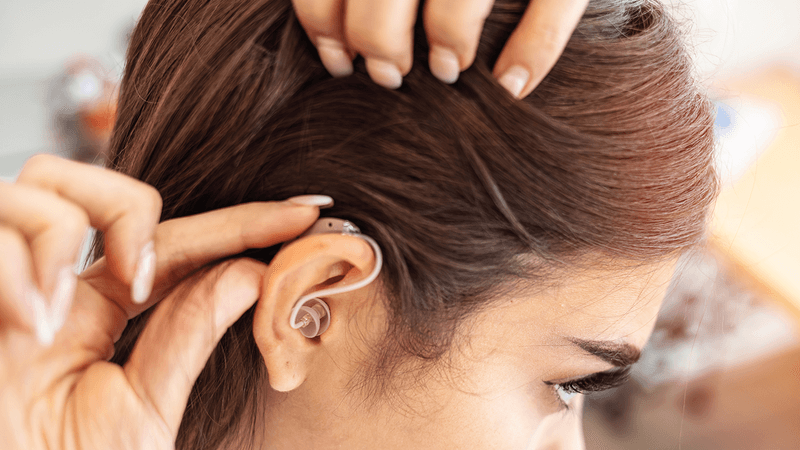
Hearing aids, essential for those with hearing loss, have become prohibitively expensive. Many, especially seniors, are unable to afford these devices, impacting their quality of life. The high cost of hearing aids, paired with limited insurance coverage, creates significant barriers. Without these aids, social isolation and decreased communication abilities are common. Only 20% of individuals who need hearing aids actually acquire them, often due to financial constraints. This gap highlights the need for affordable solutions to support auditory health.
8. Physical Therapy
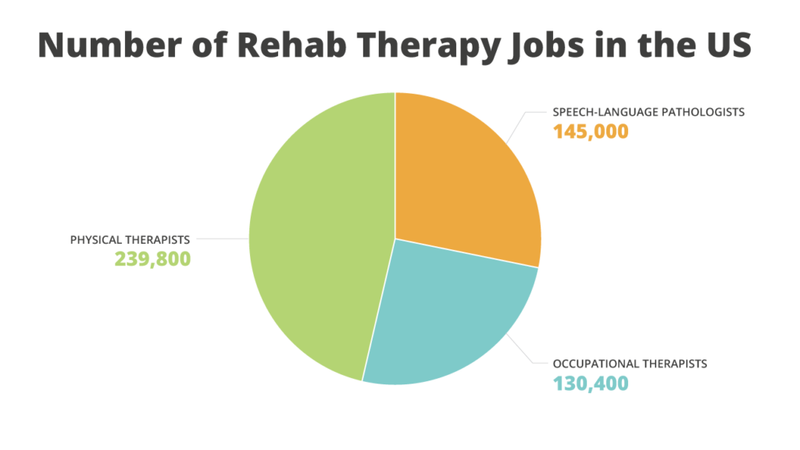
Physical therapy, crucial for recovery and rehabilitation, is becoming less accessible. The high cost of sessions, often not fully covered by insurance, leaves many without necessary care. Patients recovering from surgery or injury face financial burdens, delaying their healing process. This lack of accessibility affects long-term recovery and quality of life. Studies show that over 30% of patients forgo physical therapy due to cost concerns, resulting in prolonged pain and disability. The financial barrier to essential rehabilitation services needs urgent attention.
9. Alternative Medicine
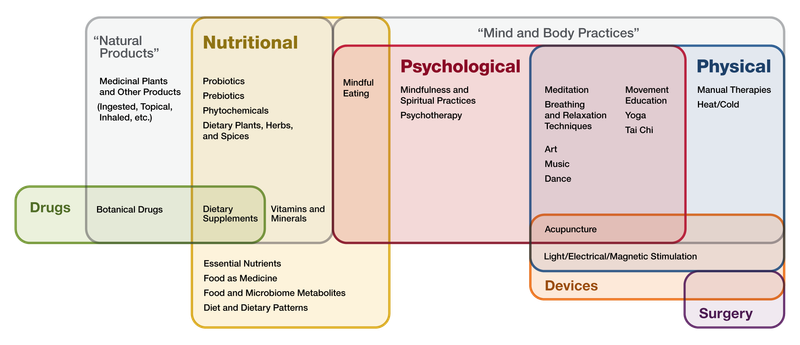
Alternative medicine, once an accessible option, now faces affordability challenges. Many seek holistic treatments for various ailments but are deterred by high costs. Acupuncture, herbal remedies, and other therapies are priced beyond reach for the average person. The lack of insurance coverage for these services exacerbates the issue. Studies reveal a decline in alternative medicine usage due to exorbitant costs, despite its growing popularity. This trend signifies a loss of diverse health care options, impacting overall wellness and lifestyle choices.
10. Preventive Screenings

Preventive screenings, vital in early disease detection, are increasingly unaffordable. Rising costs and insurance limitations deter individuals from accessing these life-saving measures. Screenings for cancer, diabetes, and other conditions are critical, yet often skipped due to financial constraints. This neglect leads to late diagnoses and more severe health outcomes. Did you know? Nearly 1 in 3 adults delay recommended screenings because of cost issues. The financial burden of preventive care highlights a pressing need for affordable healthcare solutions.
11. Emergency Room Visits
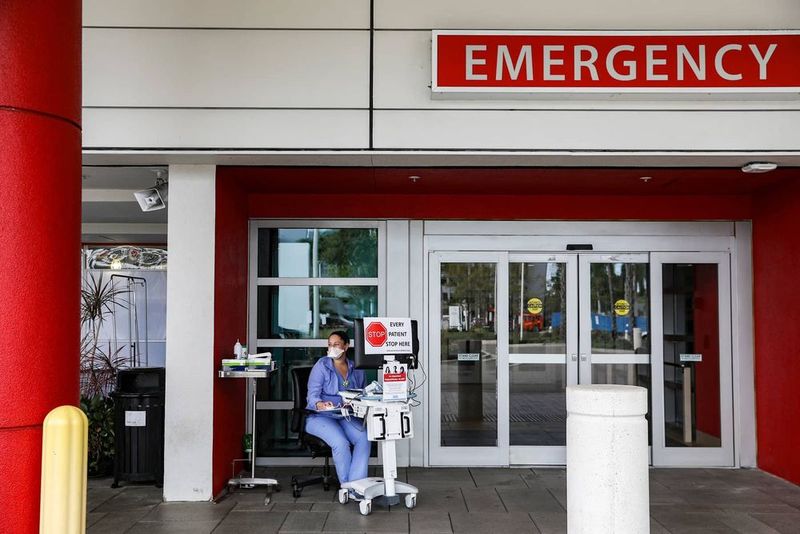
Emergency room visits, essential for immediate care, come with staggering costs. Many avoid seeking urgent medical help due to the fear of overwhelming bills. Insurance often falls short, leaving patients with debts and financial stress. The high cost of emergency care impacts health outcomes, as individuals delay or avoid necessary visits. Fun fact: The average ER visit in the U.S. costs over $1,300, a figure that deters many from seeking help. This financial strain highlights the critical need for affordable emergency healthcare access.

Well, hello there!
My name is Jennifer. Besides being an orthodontist, I am a mother to 3 playful boys. In this motherhood journey, I can say I will never know everything. That’s why I always strive to read a lot, and that’s why I started writing about all the smithereens I came across so that you can have everything in one place! Enjoy and stay positive; you’ve got this!

